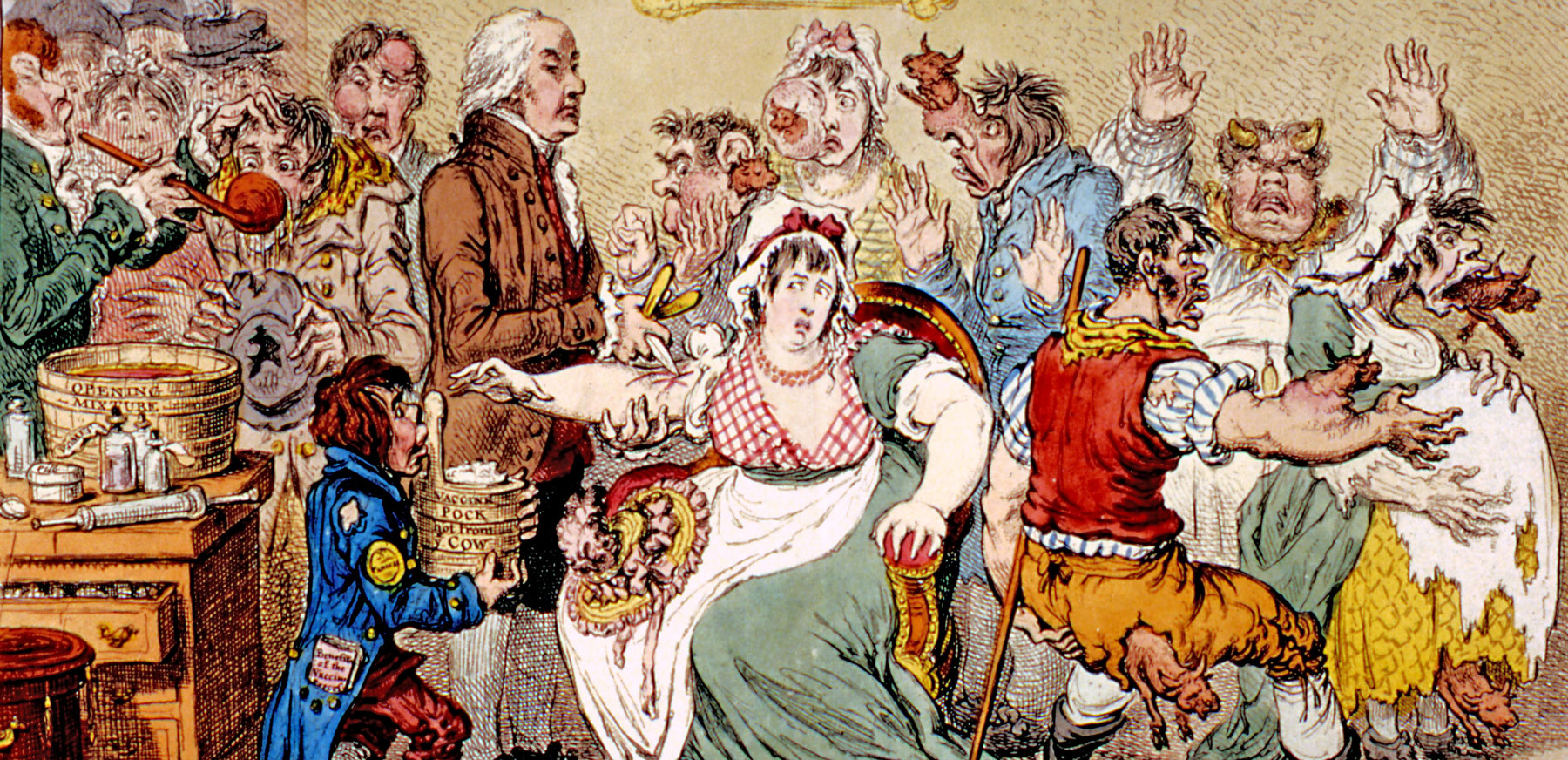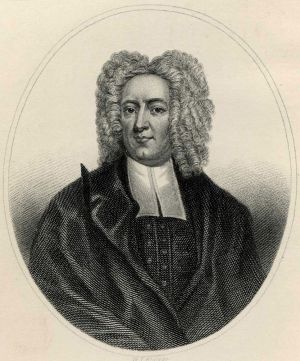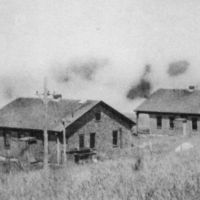Primary Source
THE Small-Pox, which had been a Terror to New-England since first it paid a Visit there, coming into Boston, and spreading there in April, 1721, put the Inhabitants into great Consternation and Disorder. Dr. Mather, in Compassion to the Lives of the People, transcrib’d from the Philosophical Transactions of the Royal Society, the Accounts sent them by Dr. Timonius and Pyllarinus of inoculating the Small-Pox in the Levant, and sent them to the Practitioners of the Town, for their Consideration thereon. Upon reading of which I was very well pleas’d, and resolv’d in my Mind to try the Experiment; well remembering the Destruction of the Small-Pox made 19 Years before, when last in Boston; and how narrowly I then escap’d with my Life. Now, when my Wife and many others were gone out of Town to avoid the Distemper, and all Hope given up of preventing the further spreading of it, and the Guards were first removed from the Doors of infected Houses, I began the Experiment; and not being able to make it upon my self, (such as my Faith in the Safety and Success of this Method) I chose to make it (for Example sake) upon my own dear Child, and two of my Servants.
JUNE the 26th, 1721. I inoculated my Son Thomas, of about six, my Negro Man, Jack, thrity six, and Jackey, two an half Years old. They all complan’d on the 6th Day; upon the 7th, the two Children were a little hot, dull and sleepy, Thomas (only) had twitchings and started in his sleep. The 8th, the Childrens Fevers continued, tommy’s twitchings and startings in sleep increased; and tho’ the Fever was gentle and his Senses bright, yet as the Practice was new, and the Clamour, or rather Rage of the People against it so violent, that I was put into a very great Fright; and not having any Directions from Dr. Timonius and Pyllarinus concerning this Practice, I had nothing to have Recourse to but Patience, and therefore waited upon Nature for a Crisis (neither my Fears nor the Symptoms abating) until the 9th; when early in the Morning I gave him a Vomit, upon which the Symptoms went off, and the same Day, upon him and the black Child, a kind and favourable Small-Pox came out, of about an hundred a piece; after which their Circumstances became easy, our Trouble was over, and soon they were well.
An Historical Account of the Small-Pox Inoculated in New England, by Zabdiel Boylston, F.R.S., London, 1726.







